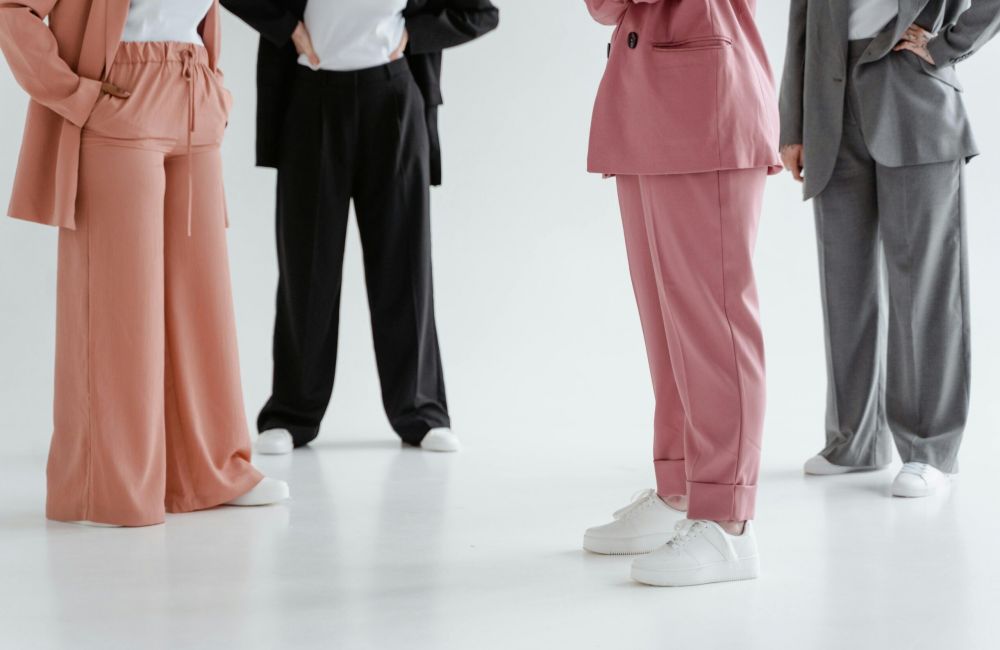The COVID-19 pandemic changed our business world in many ways. One of the changes is a greater acceptance of business casual dress codes. During the pandemic, employers advertised casual dress codes to attract candidates for their jobs. Employees were thrilled.
And yet numbers show that since 2022, the percentage of job postings referencing business-casual dress codes have decreased. However, casual dress codes are not leaving in the slightest. In fact, it’s largely become a standard in the workplace. It’s an aspect of work that workers now consider a given, and employers don’t need to emphasize it to gain employee attraction.
Business Casual Wear
The term business-casual is ever-evolving. Business casual attire is less formal than formal business clothing as it strikes a balance between professionalism and comfort. This type of clothing typically includes anything except for shirts with graphics, ripped jeans, shorts, tank tops or sandals. Jeans also now have become increasingly accepted in business-casual workplaces.
The word casual can be interpreted in various ways. As an employer, it’s important to define what business casual means in your workplace. Establishing this and communicating it with employees will help to set the tone of your office culture, while fostering professionalism.
Some general expectations for dress codes are being neat, professional, clean, and avoiding inappropriate clothing. These expectations or guidelines can also change as weather and seasons change.
Gender Neutrality in Dress Codes
Believe it or not, dress codes play a large part in making the workplace inclusive. When drafting a dress code, it’s important to allow employees of all genders to wear any attire as long as it’s appropriate. In other words, whether they choose to wear women’s or men’s attire shouldn’t matter if it’s appropriate based on the set expectations.
We don’t want dress codes prompting a gender discrimination claim. Indeed, the days of women must wear dresses and pantyhose are long gone.
Implementing Business-Casual Dress Codes
Why do this?
It’s simple: workers love it!
Employees and job candidates are attracted to companies that have flexible dress codes. National survey results back this up. Survey respondents believe that dressing formally doesn’t impact their performance at work, and a high percentage of individuals say that the shift to less formal attire is positive.
Providing employees with flexibility by having a clear and inclusive definition of business casual is the way to go.
If you ever need any assistance on striking that right balance of professionalism and comfort, feel free to reach out to us at 716.839.9700 or by emailing info@coppolalegal.com.
We’re here to help.

